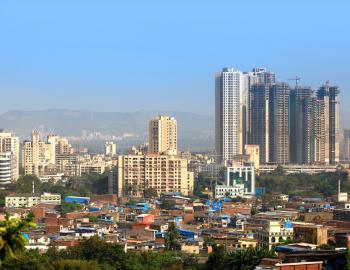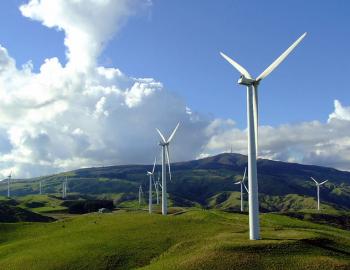INSIDE STORY: How China built the world’s largest wind power market
INSIDE STORY: How China built the world’s largest wind power market
China’s energy demand has grown at the same breathtaking pace as its economy over the past two decades. Such development puts enormous pressure on the security of the country’s electricity supply, 70% of which is based on coal. The price of coal has been rising steadily and the environmental impacts - such as air pollution, solid waste generation and climate change – have become major concerns to both the government and the public.
As a result, the Chinese government is increasingly looking at renewable energy sources to help provide electricity in an environmentally and socially acceptable way – and at a competitive price. Among various renewable energy sources, wind power is one of the most technologically proven and financially viable technologies, making it today’s market leader. Today, according to the China Wind Power Outlook 2010 report, the industry believes that it can achieve as much as 200 GW by 2020. Under this scenario, assuming that 200 GW of wind power capacity could generate 440,000 GWh of electricity, wind development will help reduce greenhouse gas emissions by 440 million tons by 2020. This Inside Story, How China built the world’s largest wind power market, goes into further detail and presents the following key messages:
- A clear expression of political will, backed by a set of effective policy measures, has been key to China’s success in building the world’s largest wind power market.
- The establishment of a stable and favourable pricing mechanism is crucial for the development of wind power, because it increases the chances for profitability and growth.
- A strong domestic market contributes to the growth of local wind power equipment manufacturing.



